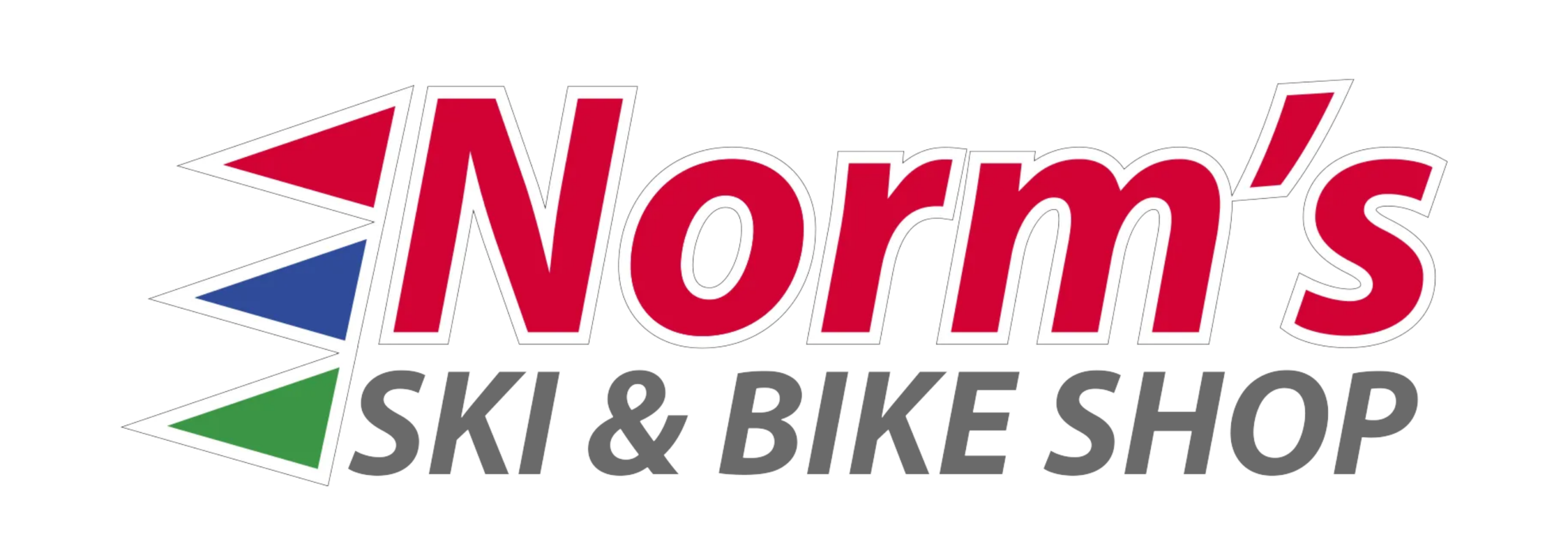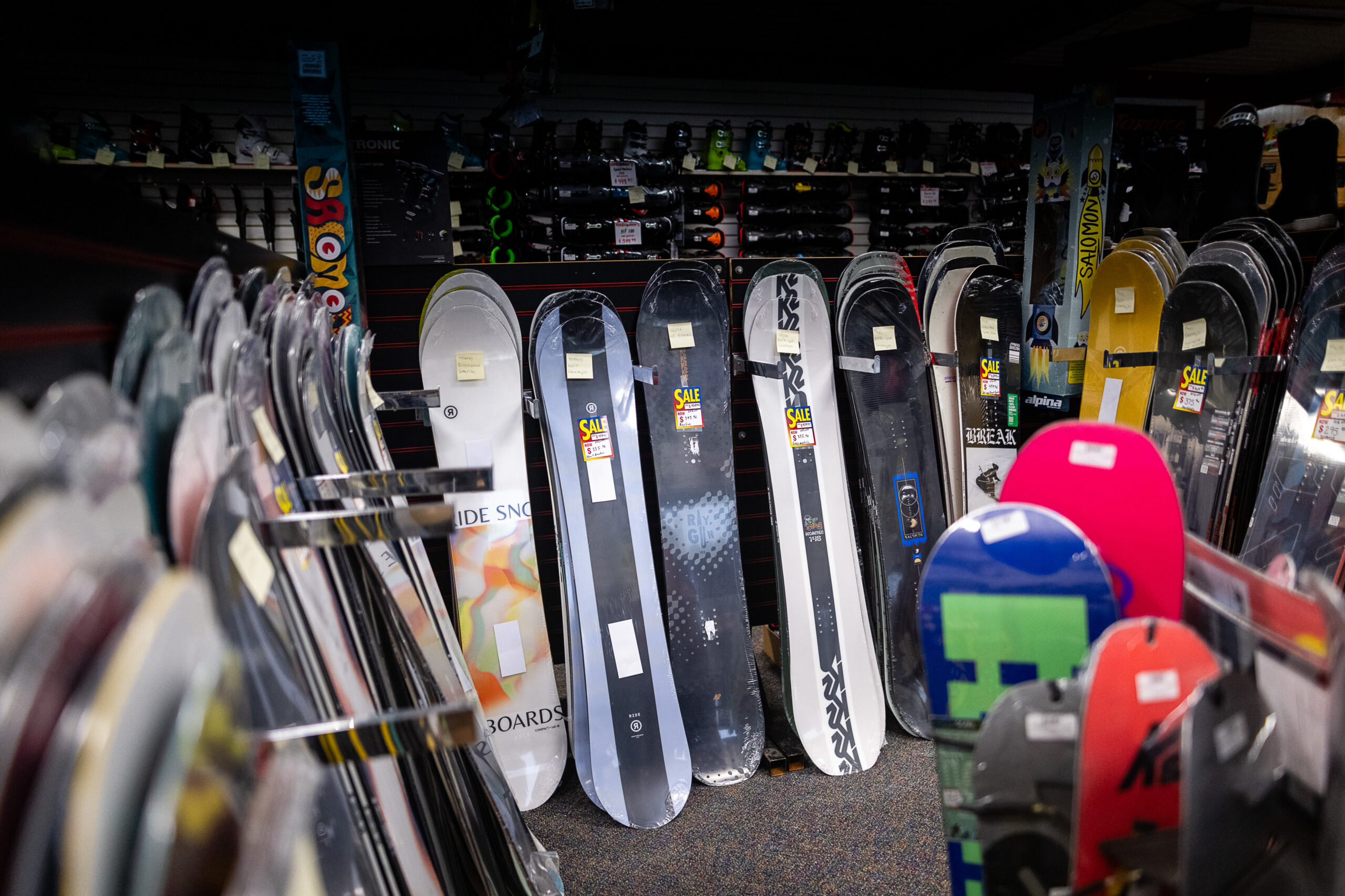Why Choosing the Right Snowboard Size Matters
Choosing the right snowboard size is key to maximizing your performance on the slopes. A board that’s too small or too big can affect your control, stability, and overall ride. The right size ensures better handling, easier turns, and a smoother experience, helping you get the most out of every run.
Let’s dive into how to figure out your perfect snowboard size!
Snowboarding Terms: A Quick Guide for Beginners
The type of snowboard you choose plays a significant role, making it a crucial part of your winter gear. Different boards are designed to handle various terrains and riding styles, ensuring you stay in control and enjoy a smooth ride.
Whether focused on versatility, precision, or exploring off-piste, selecting the right board can make all the difference in how comfortable and safe you feel on the slopes.
Types of Snowboards
- Freestyle: Great for park riders and tricks, freestyle boards are typically shorter and more maneuverable, making them easier to control when jumping or spinning. Choose a size that allows for quick turns and landing stability.
- All-Mountain: A versatile option for riders exploring different terrains, all-mountain boards are generally mid-length for balanced performance on groomed runs and off-piste. Your size will depend on your preferred riding style and terrain.
- Freeride: Ideal for off-piste and backcountry riders, freeride boards tend to be slightly longer for better stability in deep snow. A longer board may be a better choice for those seeking more control in rougher conditions.
- Splitboarding: Designed for backcountry adventuring, splitboards split in two for uphill travel. Size choice should balance uphill efficiency with stability when riding downhill.
- Alpine/Carving: These boards are built for precision and speed on groomed slopes. They are often longer for better edge grip. If you’re into carving, a longer board gives you more stability at high speeds.
Snowboard Shapes
- Twin Shape: Symmetrical with equal tip and tail lengths, this shape is perfect for riders who like to ride regularly and switch. Size choice depends on your preference for freestyle or park riding.
- Directional Shape: The nose is longer than the tail, making it ideal for downhill rides and all-mountain conditions. Choose a size that matches your desired riding style and terrain, as this shape favors forward-facing riding.
- Directional Twin: A hybrid of twin and directional shapes, this board balances freestyle and all-mountain riding. The size depends on whether you want more versatility or stability in one direction.
- Asymmetrical Shape: With a design that differs slightly between heel and toe edges, this shape offers better control and turning efficiency. Your size should reflect the type of riding you do, especially when carving or turning.
- Tapered Shape: With a narrower tail than the nose, tapered boards are designed for deep powder and off-piste conditions. A more extended size will provide more float in deep snow.
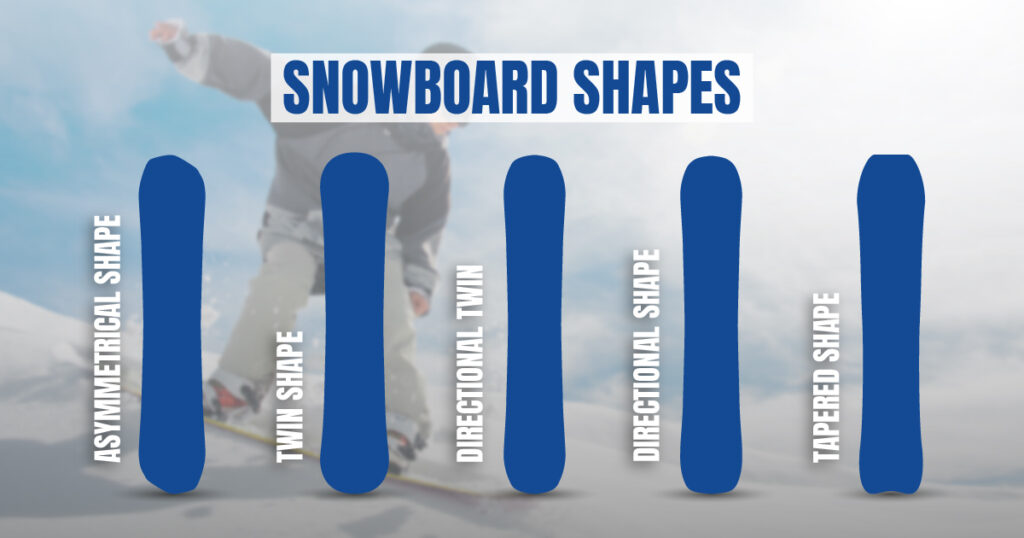
Snowboard Flex
- Soft Flex: Ideal for beginners and freestyle riders, soft flex boards offer easier turns and a more forgiving ride. A shorter board can enhance control and playfulness.
- Medium Flex: A versatile option for all-mountain riders, providing a good balance of comfort and control. The right size helps maintain stability without sacrificing flexibility.
- Stiff Flex: Best for advanced riders, offering more power and stability at high speeds. A longer board provides more control, especially for carving and freeride.
- Torsional Flex: Affects how easily the board twists for turning. More torsional flex makes turning easier, but less flex gives more stability for aggressive riders.
- Longitudinal Flex: Impacts the overall ride. Softer boards are more forgiving, while stiffer boards offer greater control and power, especially on challenging terrain.
How Do I Know My Snowboard Size?
So, what size snowboard do I need? Your ideal size depends on height, weight, and riding style. We’ll help you break it down and choose the best board for your needs. When you’re ready, you can check out the snowboards for sale at our shop.
1. Consider Your Height and Weight
Generally, your board should reach somewhere between your chin and nose when standing up straight. Heavier riders might need a slightly longer board for added stability, while lighter riders can opt for a shorter board for easier maneuverability. Keeping your weight in mind will ensure better control, stability, and comfort on the slopes.
2. Determine your Riding Style
Whether hitting the park, carving down groomed runs, or exploring the backcountry, your board’s size should match your style to improve performance and comfort. Here’s how to choose the snowboard size that works best for you.
Freestyle: Shorter Boards
A shorter board is key for park riders and those focused on tricks. It’s easier to maneuver, spin, and land jumps, giving you more control while keeping things playful.
Freeride/Backcountry: Longer Boards
If you’re into off-piste and backcountry riding, longer boards provide better stability and float in deep snow. They offer enhanced control and speed, especially in challenging terrain.
All-Mountain: Medium-sized Boards
An all-mountain rider needs versatility. A medium-sized board handles everything from groomed runs to powder, offering a balanced ride that adapts to various conditions.
4. Adjust for Skill Level
Beginners: Shorter, easier-to-control boards
For beginners, shorter boards are ideal. They’re easier to control, making learning how to turn and stop more manageable. A smaller board gives you more confidence as you master the basics.
Advanced riders: Longer boards
Advanced riders tend to prefer longer boards, offering more stability at higher speeds and in challenging conditions. These boards provide better control for carving and handling rough terrain, allowing for more aggressive and dynamic riding.
The Ultimate Snowboard Size Chart
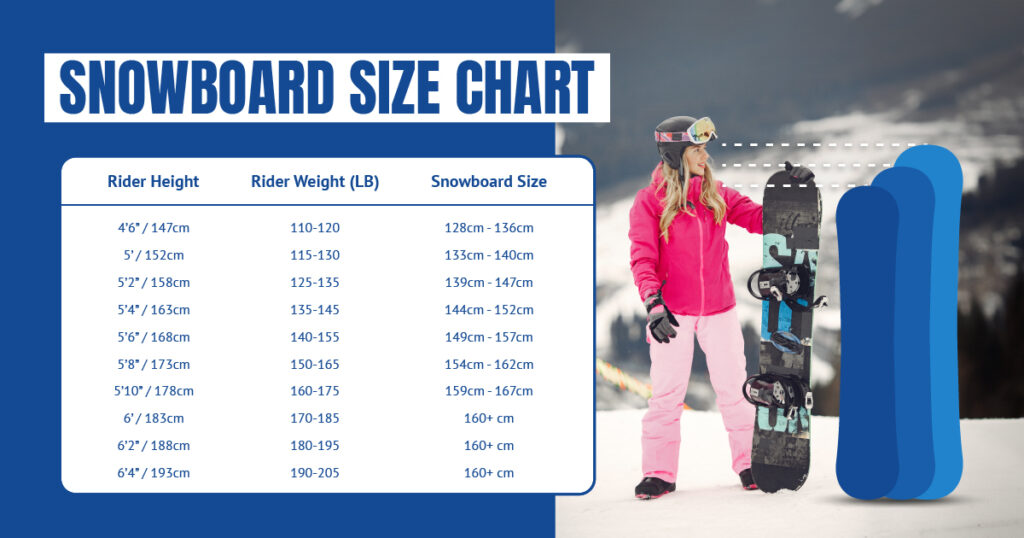
How Can You Tell If A Snowboard Fits You?
How Should Your Feet Fit on a Snowboard?
Your feet should fit securely in the snowboard bindings without feeling cramped. When strapped in, your boots should be snug but not tight. If your toes are curling or your heels are lifting out of the shoes, it’s a sign that the snowboard might be too small. Ensure your feet are comfortably centered, with no overhang, and your boots should align with the board’s edge.
What Happens If Your Snowboard Is Too Long?
If your snowboard is too long, it can feel difficult to control, especially at slower speeds. You might struggle with turning, and maneuvering the board could become more challenging. Longer boards are great for stability and high-speed carving, but if you’re not an experienced rider, you’ll want to avoid one that’s too long for your skill level.
How To Tell If a Snowboard Is Too Big?
A snowboard that’s too big for you will likely be harder to manage. You’ll notice it’s tough to make sharp turns or control your speed, and it may feel unstable, especially in tricky terrain. If you have to fight the board to keep it under control, it’s probably too big. Pay attention to your comfort and how the board responds when you ride it to avoid going too big.
Find Your Perfect Snowboard!
Now that you know how to figure out your snowboard size, it’s time to hit the slopes with the right gear! Our Keene ski shop offers a wide selection of snowboards and winter gear tailored to your style and skill level. Here are a few recommendations:
For Beginners
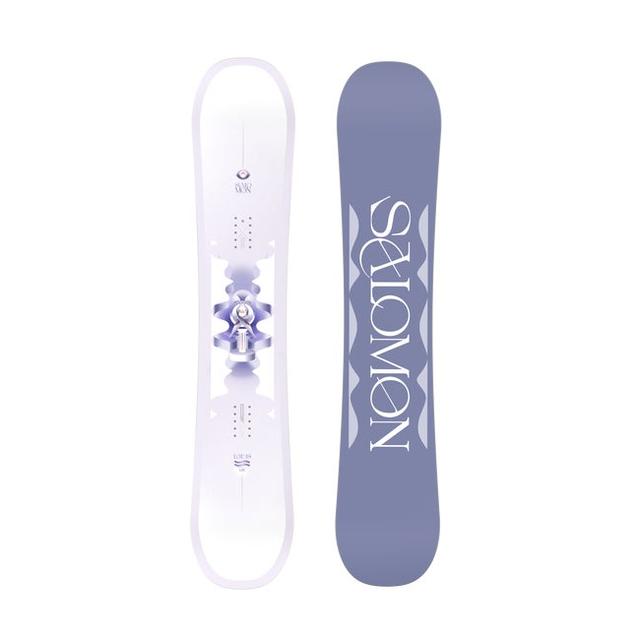
Salomon Lotus
Ideal for beginners, this board features a soft flex and forgiving flat-out camber for stability and smooth turns. Its directional twin shape provides freeride and freestyle terrain versatility, while Bite Free Edges offers a catch-free, low-consequence ride.
For Experienced Riders
K2 Broadcast
This board features a directional shape and ICG™ 10 Carbon Glass construction and offers enhanced stability and precision for powerful, controlled rides.
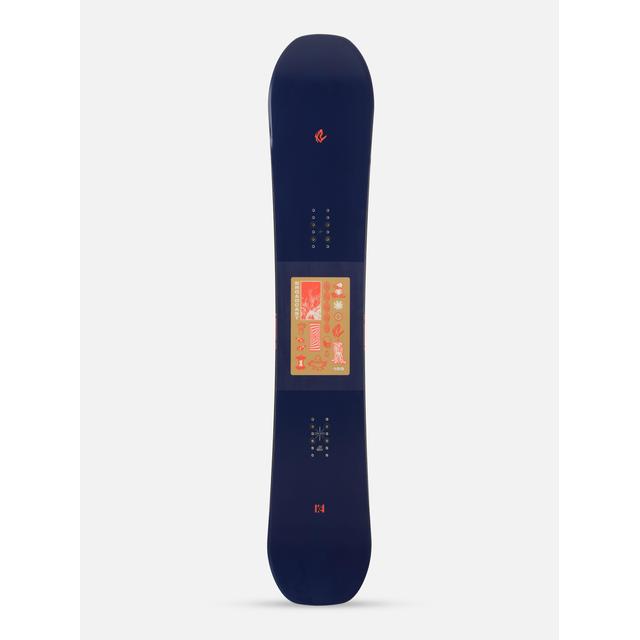
For Freestyle Enthusiasts
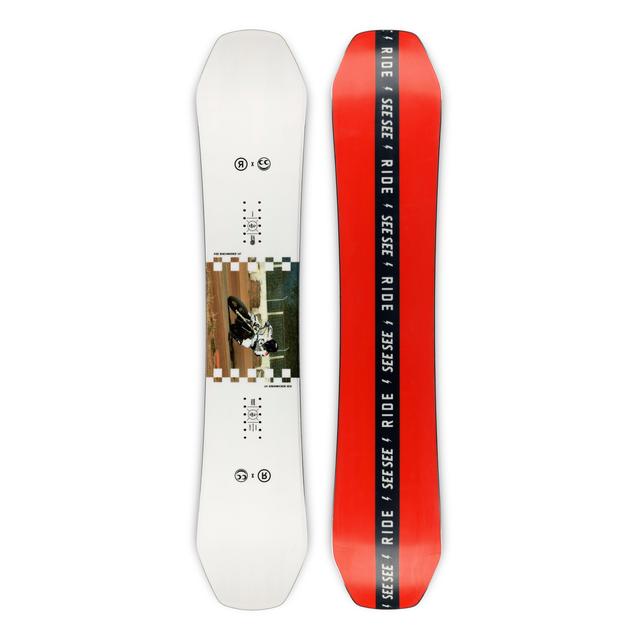
RIDE Benchwarmer
Designed with Carbon Array™ technology and Slimewalls®, this board provides explosive pop and superior impact absorption, ideal for jumps and tricks in the park.
For All-Mountain Versatility
RIDE Shadowban
Its hybrid camber profile and Carbon Array™ tech deliver smooth transitions and precise control, making it great for tackling diverse terrain.
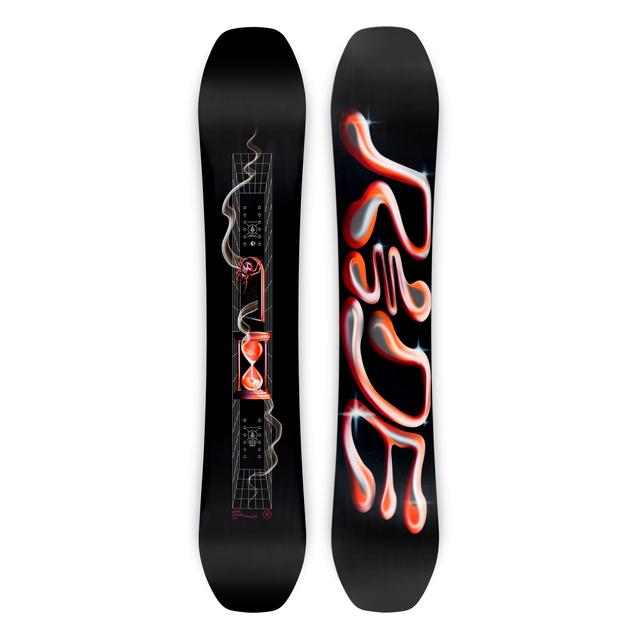
For Freeride Adventures
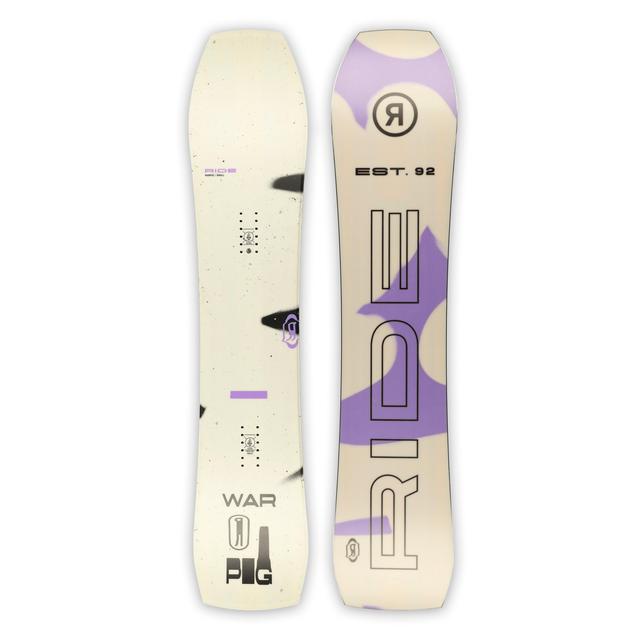
RIDE Warpig
A shorter, wider shape with Tapered Directional Rocker provides excellent float in powder and nimble handling in technical conditions.
For Lightweight Riders
K2 Lil Mini Youth Snowboard 2025
Built with Catch-Free™ Tune technology, this board helps young riders avoid edge catches and build confidence with smooth, easy turns.
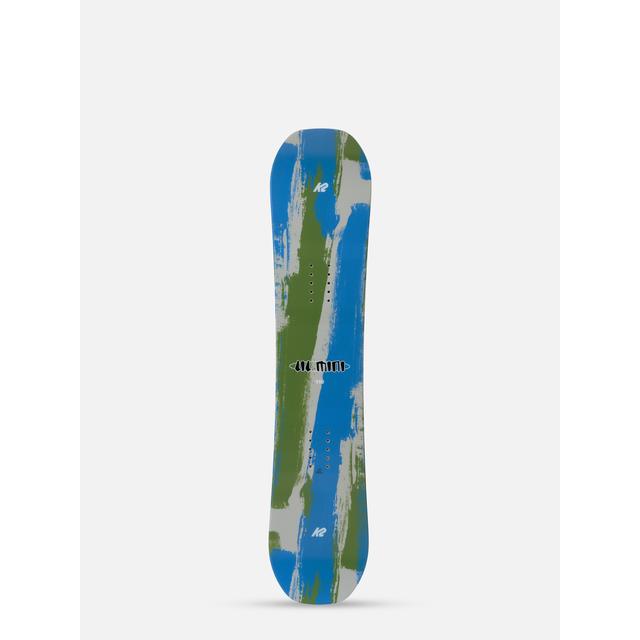
For Heavier Riders
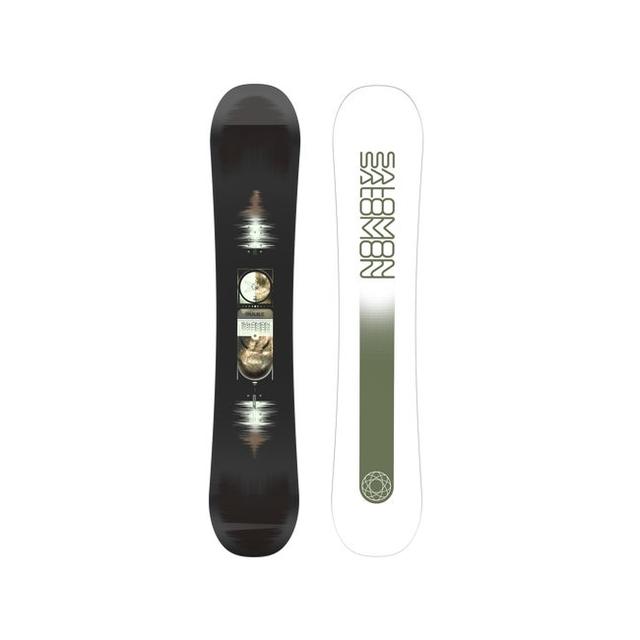
Salomon Pulse
The Flat Out Camber design combined with an Aspen Strong Core offers strong support and durability for riders needing extra stability.
FAQs
What size snowboard should I get for my height?
Depending on your weight and riding style, your snowboard should reach somewhere between your chin and nose when standing upright.
What is the most common snowboard size?
The most common snowboard size for adults is 145cm to 160cm, though it varies depending on weight and riding style.
What size snowboard should a beginner use?
Beginners should choose a shorter board that’s easier to control, typically around chin height or slightly shorter.
What should my snowboard width be?
The width of your snowboard should match your boot size, ensuring that your boots don’t hang over the edges. If in doubt, go for a standard width or a mid-wide board.
Is a smaller snowboard easier?
Yes, a smaller snowboard is easier to maneuver, making it better for beginners or riders focused on tricks and turns.
